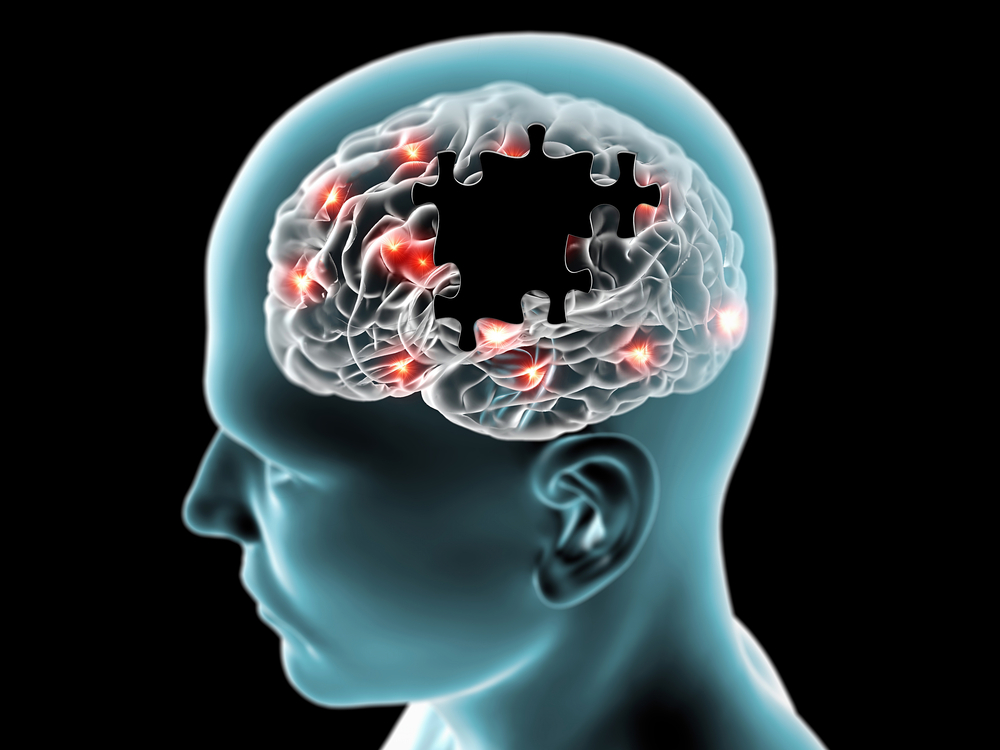Researchers Targeting Tau Aggregates to Combat Alzheimer’s disease
Written by |

A team of researchers at VIB, KU Leuven and Janssen Pharmaceutica found that the presence of insoluble Tau protein aggregates, a typical characteristic of the brain in patients with Alzheimer’s disease, is facilitated by synaptic connections between brain cells. These findings offer the potential for the development of therapeutics to repair synaptic connections.
Dieder Moechars (Janssen Pharmaceutica) said in a recent news release: “Looking at our results, we would advise caution regarding the therapeutic approach to the repair of synapses. Our research suggests that synapses also promote the distribution of Tau aggregates, which could counteract the positive effects of a repaired synapse. It is also important to take this into account when developing new therapeutic strategies, for example by combining a synapse restoring approach with one that would remove the Tau aggregate at the synapse.”
Patrik Verstreken (VIB/KU Leuven) added, “We have set up a new in vitro system specifically for this research, to enable us to study the distribution throughout the brain of aggregate proteins that are typical of neurodegenerative diseases. We also want to use this system to explore which substances could counteract the progress of neurodegeneration in the brain without having to use animal models at this early stage. This could become an important tool in the search for potential drugs against, for example, Alzheimer’s disease.’
Synaptic connections are essential for the proper function of brain cells. In Alzheimer’s disease, the loss of these synaptic connections leads to cognitive decline.
However, together with colleagues at VIB, KU Leuven and Janssen Pharmaceutica, Sara Calafate, Patrik Verstreken and Dieder Moechars found that this mechanism if not straightforward.
Sara Calafate explained that: “We noticed that the spread of Tau aggregates, a typical characteristic of Alzheimer’s, proceeded much more effectively via interconnecting brain cells. But it was not clear what role the synapses played in this process. We have now managed to demonstrate that synapses facilitate this distribution and can probably promote neurodegeneration in this way.”
For this study, the researchers developed a tool for monitoring the Tau aggregates spread while changing the synaptic connections between brain cells. In a microscopically small chamber, the researchers grew brain cells, which made it possible to isolated synaptic connections from the rest of the brain cells. Then they observed that the distribution of the Tau aggregated was 50% more efficient than in the absence of synaptic connections.
Patrik Verstreken said in the news release, “Our research into brain diseases is not possible without animal models. Nevertheless, we are constantly looking for ways in which we can minimize the number of animal tests. This new tool could help us achieve this.”





